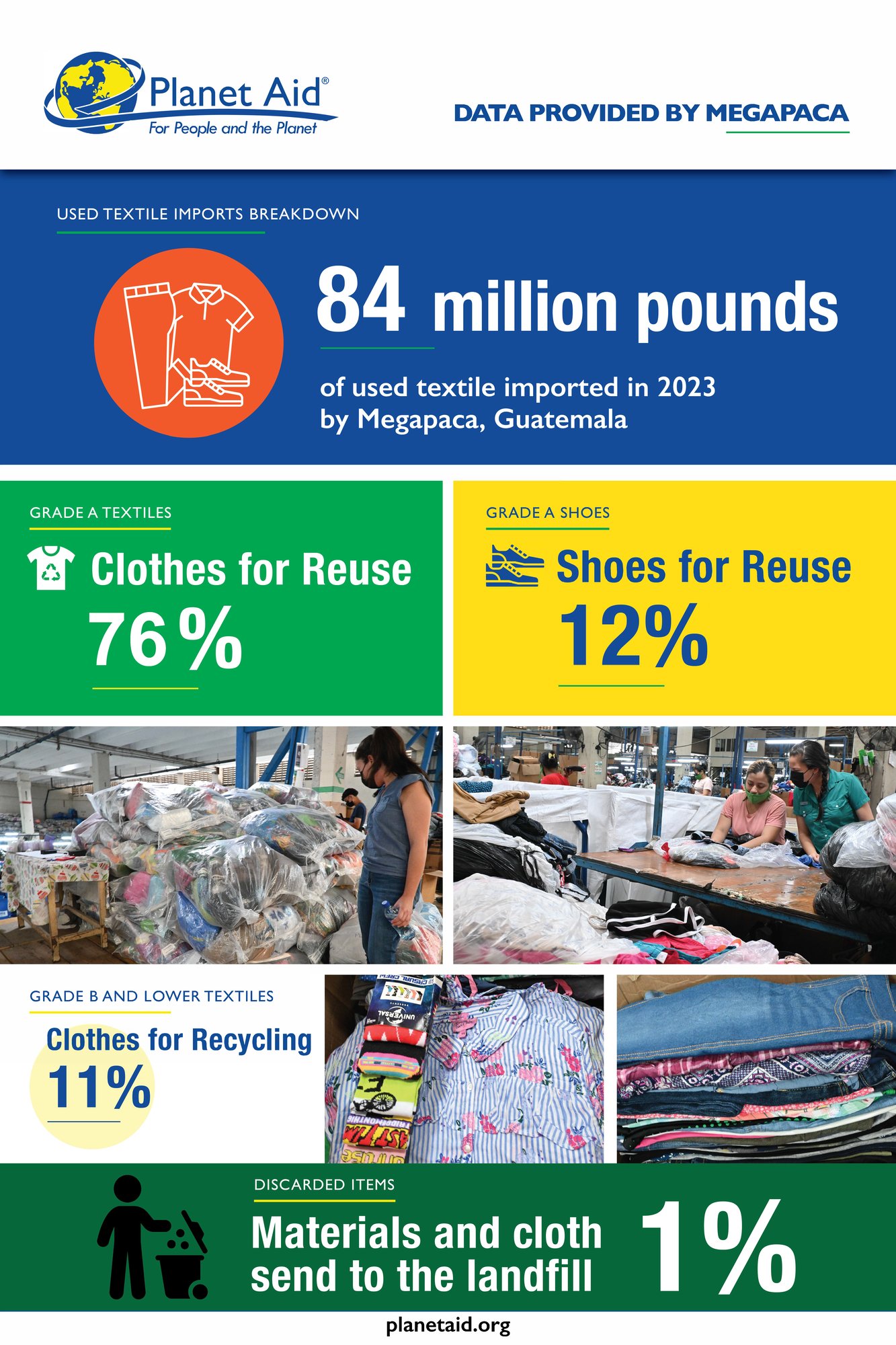Complexities and Necessities of the Second Hand Clothing Trade
The global second hand clothing trade, despite often being portrayed as a benevolent act of recycling, still sparks controversy. Kenya Wiley’s op-ed in The Washington Post paints an oversimplified, grim picture of this trade. Wiley asserts that much of the clothing donated in the West ultimately becomes waste in African countries, causing environmental harm and disrupting local economies.
While these are valid concerns, the narrative oversimplifies a complex issue of the second hand clothing trade. Reusing and recycling textiles remain vital components of a more sustainable fashion industry, but these efforts require strong infrastructure, policy reform, and international collaboration to be truly effective.
Wiley’s argument highlights a significant environmental concern: much of the clothing exported to Africa is of such poor quality that it ends up in landfills or is burned, polluting local ecosystems. However, Wiley’s portrayal of the second hand clothing trade as predominantly harmful ignores an essential aspect of the conversation: for many in Africa and other parts of the Global South, this trade provides not only affordable clothing but also vital economic opportunities.
In response to Wiley’s op-ed, Teresiah Wairimu Njenga, chairperson of the Mitumba Consortium Association of Kenya, argues that the second hand clothing trade supports millions of jobs and provides access to affordable, high-quality clothing for millions of people. According to Njenga, less than 2% of the secondhand clothes imported into Kenya are waste. She warns that a ban on these imports would devastate African economies and lead to an influx of lower-quality, shorter-lived clothing. Njenga’s perspective highlights the importance of balancing environmental concerns with the economic realities of millions who rely on this trade for their livelihoods.
Others echo this sentiment. Steve Preston, CEO of Goodwill Industries International, and Sue Fischer, a board member of the Assistance League, emphasize the social and economic value that the second hand clothing trade and resold goods provide within their communities. Goodwill, for instance, generates revenue that supports essential services, including job training and placement for those in need. Fischer notes that her organization’s resale stores fund critical programs like providing clothing, food, and scholarships to underserved communities. Their responses remind us that the reuse of textiles not only extends the life of these materials but also generates economic and social benefits that should not be overlooked.
The Future of the Second Hand Clothing Trade
Yet, while the second hand clothing trade supports many people and reduces waste, it is not without its flaws. Textile waste remains a global issue that needs a comprehensive solution. The fast-fashion industry, as noted by Lisa Jepsen, CEO of Garson & Shaw, bears much of the responsibility for the proliferation of cheap, low-quality clothing that quickly becomes waste. Jepsen argues that the focus should shift to holding fast-fashion companies accountable for their environmental impact rather than placing blame on the second hand clothing trade, which plays a critical role in the circular economy.
The path forward requires a nuanced approach. Banning second hand clothing imports, as some have suggested, is not the answer. Instead, the focus should be on improving the quality of the clothing being exported, enhancing recycling and waste management infrastructure, and fostering innovation in textile reuse and recycling. The AGOA’s reauthorization presents an opportunity to do just that by encouraging investments in recycling technologies and supporting African entrepreneurs who are developing sustainable solutions to the textile waste problem.
African nations, as Wiley notes, have a rich history of sustainable design and reuse practices. By investing in local talent and supporting initiatives that promote environmental stewardship, we can create a more sustainable global fashion industry that benefits everyone involved. But this will require collaboration between governments, businesses, nonprofits, and communities worldwide. As Brian London of the Secondary Materials and Recycled Textiles Association points out, achieving a circular economy is a global effort that cannot be done in isolation.
While Wiley’s concerns about textile waste are valid, the second hand clothing trade is not the villain it is often made out to be. Reusing clothes and shoes is an essential element of a more sustainable fashion industry, providing economic opportunities and reducing waste.
However, it is clear that more needs to be done to address the environmental impact of textile waste. Establishing robust recycling infrastructure, holding fast-fashion companies accountable, and supporting sustainable practices in Africa and beyond are all critical steps in creating a more circular, equitable global fashion industry.
Responsible Reuse and the Role of Planet Aid
Planet Aid knows it is critical that secondhand clothes and shoes don't become a burden to countries. That's why we sell donations to reputable organizations like Megapaca and Nicamerica, which work to maximize reuse and minimize landfill waste. In 2023, both organizations reported that only 1% of imported used textiles in Nicaragua and Guatemala ended up in the landfill.


Frequently Asked Questions
What is the second hand clothing trade?
The second hand clothing trade refers to the global exchange of used garments and shoes, often collected through donations, which are resold or reused in domestic or international markets.
Why is the second hand clothing trade controversial?
Critics argue it can harm local textile industries and contribute to waste if poor-quality items are exported. However, advocates point to its economic benefits, job creation, and waste reduction.
How can second hand clothes avoid becoming waste?
Working with vetted organizations ensures donated clothes are sorted, reused, or recycled responsibly, minimizing what ends up in landfills.
What’s the difference between second hand and fast fashion?
Fast fashion creates large volumes of cheap, short-lived clothes, while second hand clothing promotes reuse, reduces textile waste, and supports the circular economy.
Want to Make a Difference?
Your clothing donations fuel a global cycle of reuse that supports jobs, reduces waste, and empowers communities. Donate to Planet Aid today to ensure your used clothes and shoes are responsibly reused—not discarded. Every item can have a second life.
